Ceylon mace is a type of mace that is grown in Sri Lanka and other tropical regions. Mace is the thin, lacy, red-orange aril, or outer covering, of the nutmeg seed. It is removed from the nutmeg seed and dried before it is sold. Mace has a delicate and slightly sweeter flavor than nutmeg, and a similar warm, woody aroma.
Born in Nature Mace (whole) is produced by carefully removed aril, then cleaned and dried mechanically at lower temperatures in a way which protecting the colour and flavour to let our consumers feel the best in their applications.
MOQ: 5kg
Appearance: Mace has a reddish orange strips like appearance.
Flavour: Pungent, complex flavor and delicate than nutmeg with a hint of pepper and a slightly bitter aftertaste..
Odor: Warm, spicy, and slightly sweet aroma.
Packaging: Corrugated carton with inner alufoil bag
Preservatives/Additives: No
Shelf life: 1 year
Storage conditions: Should be kept in a clean, dry place at room temperature.
Mace is used as a spice and is believed to have several health benefits, including:
Acting as an anti-inflammatory agent: Mace contains compounds that may help reduce inflammation in the body.
Relieving pain: Mace is believed to have pain-relieving properties and may help to reduce the severity of headaches, menstrual cramps, and other types of pain.
Acting as an antioxidant: Mace is a rich source of antioxidants, which help to protect cells from damage caused by free radicals.
Boosting the immune system: Mace contains compounds that may help to boost the immune system, making it more effective at fighting off infections and illnesses.
Improving digestion: Mace is believed to help stimulate the production of bile, which can aid in digestion.
It is used in a variety of ways, including:
Cooking: Mace is a popular spice in many culinary dishes, including soups, stews, sauces, and baked goods and asian desserts. It has a warm, spicy flavor that is similar to nutmeg but slightly delicate than nutmeg.
Beverages: Mace is often used to flavor drinks such as cider, tea, and punch.
Meat dishes: Mace is a common ingredient in meat dishes such as sausages and meatloaf.
Pickling: Mace is sometimes used to add flavor to pickled vegetables and fruits.
Sweets: Mace is an essential ingredient in some traditional sweets, such as Dutch speculaas, British mince pies and some Indian sweetmeats.
Cosmetics: Mace oil is sometimes used in perfumes, soaps, and other cosmetics.
Medicine: Mace is also used in traditional medicine in some cultures.


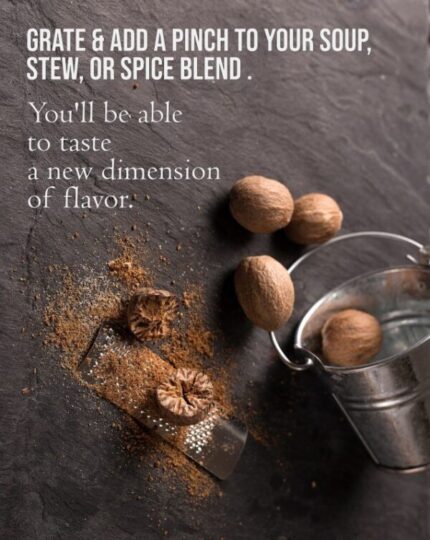
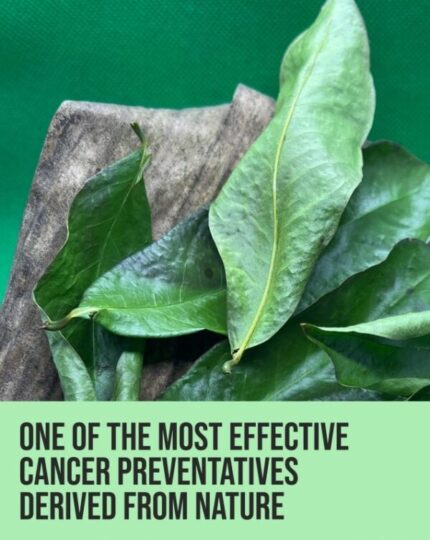
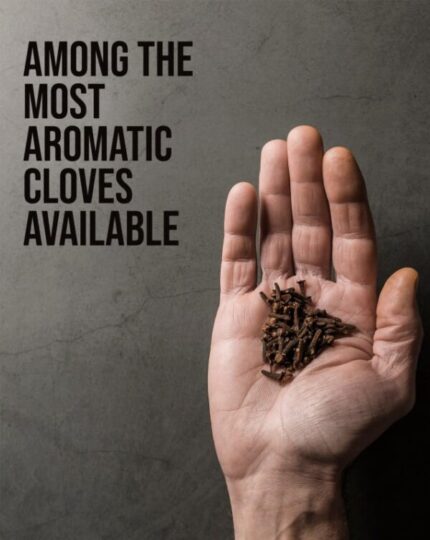
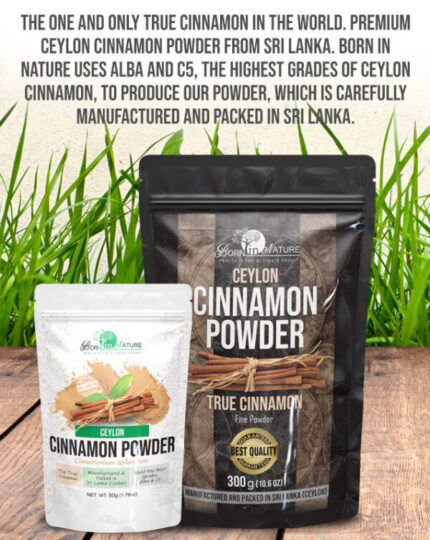

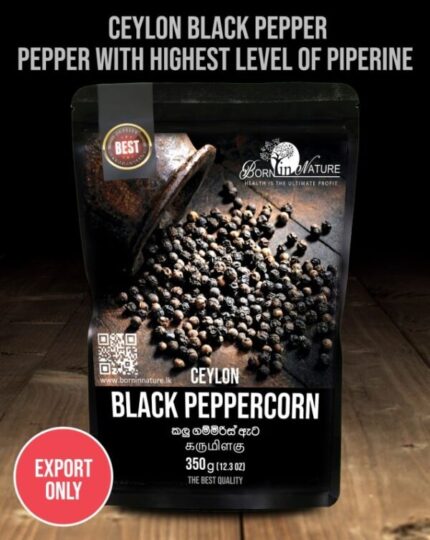

Reviews
There are no reviews yet.